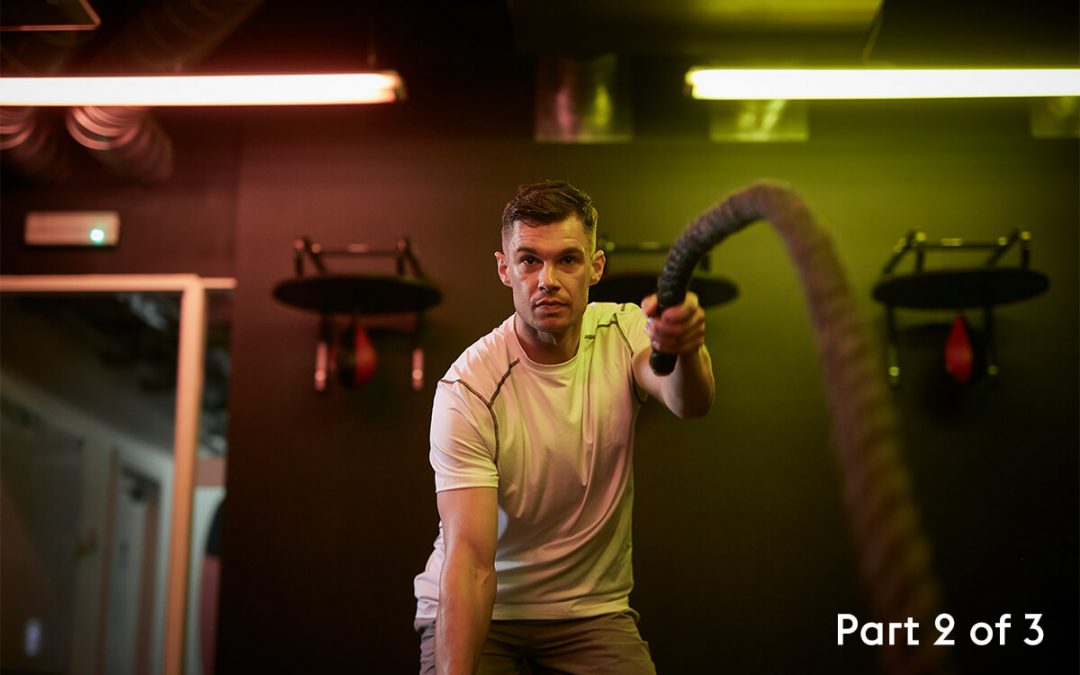We’re back for part two of our three-part series exploring the real impacts and challenges the fitness industry faces since reopening after lockdown.
In part one, we explored the surprising impact on operator revenues as a result of enforced closure. In part two, we’re looking into what happens next for gyms and fitness facilities.
Fuelled by the insights gained through a series of operator roundtable discussions with Hussle’s Head of Sales, Jamie Owens, we’re dissecting the biggest challenges fitness facilities face in rebuilding their revenues.
After nearly 4 months of lockdown, opening venues safely was just the first hurdle. One which, by all accounts, has been successfully cleared.
Now the industry faces the new and ongoing challenges of increased operating costs, adapting to social distancing guidance, and understanding the impact of permanently lost memberships bases on revenue. So, what’s going to happen now?
“It’s tricky to forecast the full extent of membership cancellation. A large proportion of gym members are still on pause. The outcome of these customers is unknown. From my roundtable discussions it appears that, on average, there are probably between 10-20% of members still on pause depending on the operator and how long they’re extending this option for.”
Jamie’s experience and positioning in the industry gives us the unique insight we need. From his experience at Nuffield Health, Virgin Active, and LA fitness to his current connections here at Hussle, he’s got the full picture when it comes to understanding what’s going on in the industry. Jamie has spent the last month hosting roundtable discussions with a range of operators from across the sector to get their candid views and indicative performance data since re-opening.
“Whatever happens to these undecided individuals, we know that there will be a deficit. Almost all operators I have spoken to are now expecting to end 2020 with a 20-25% reduction in memberships compared with the previous year.”
“The biggest challenge is going to be rebuilding membership numbers with capacity limits in place. The days of free trials and big revenue giveaway offers are gone and there’s a focus on usage and revenue. It’s going to be really difficult for clubs to strike a balance between generating the footfall needed to acquire new members whilst servicing the existing member base.”
Social distancing measures are, of course, extremely important. But keeping that minimum distance between attendees causes a capacity issue. This means a decrease in the maximum number of people that are able to be in one venue at any one time.
This is the conundrum facing almost all operators in the sector. It’s about balancing the need to get more people through the door to support recovery whilst ensuring capacity limitations are not breached. Trying to sign up more members whilst managing a safe and high quality user experience creates a new challenge.
“Before the lockdown, calculating capacity limits was pretty simple. Most membership bases were made up of a mixture of high to low frequency members. Operators knew the percentage of their members that came extremely often and those that visited very infrequently. Membership revenues were easy to forecast and capacity limits were never exceeded. The biggest challenge pre-lockdown was to manage programming effectively during peak periods to maintain a great customer experience.”
That maths has now gone out of the window. As we know, it’s the more frequent members who have returned so eagerly to the gym. Those people are high value to gyms and their membership remains stable. The less frequent members are the ones who have cancelled their memberships or are yet to renew. Then you throw a severely reduced capacity limit into the mix and that’s a new normal that needs to be navigated.
“What’s clear from the roundtable discussions is that fitness operators know they need to be doing things differently. Most operators have exhausted their cash reserves giving themselves enough of a runway to survive lockdown. A pre-COVID approach of spending lots of money on marketing, running discounts and trials, and trying to attract highly committed and contractual gym goers is not going to work anymore.”
In the third and final part of this series, we will be exploring how operators are tackling the challenge of rebuilding their businesses in a capacity-limited environment. We will investigate what membership might look like in 2021, and we offer up some informed ideas that our roundtable discussions with operators have yielded.
Thanks for reading. If you enjoyed this article, please comment, share or like on social media.



